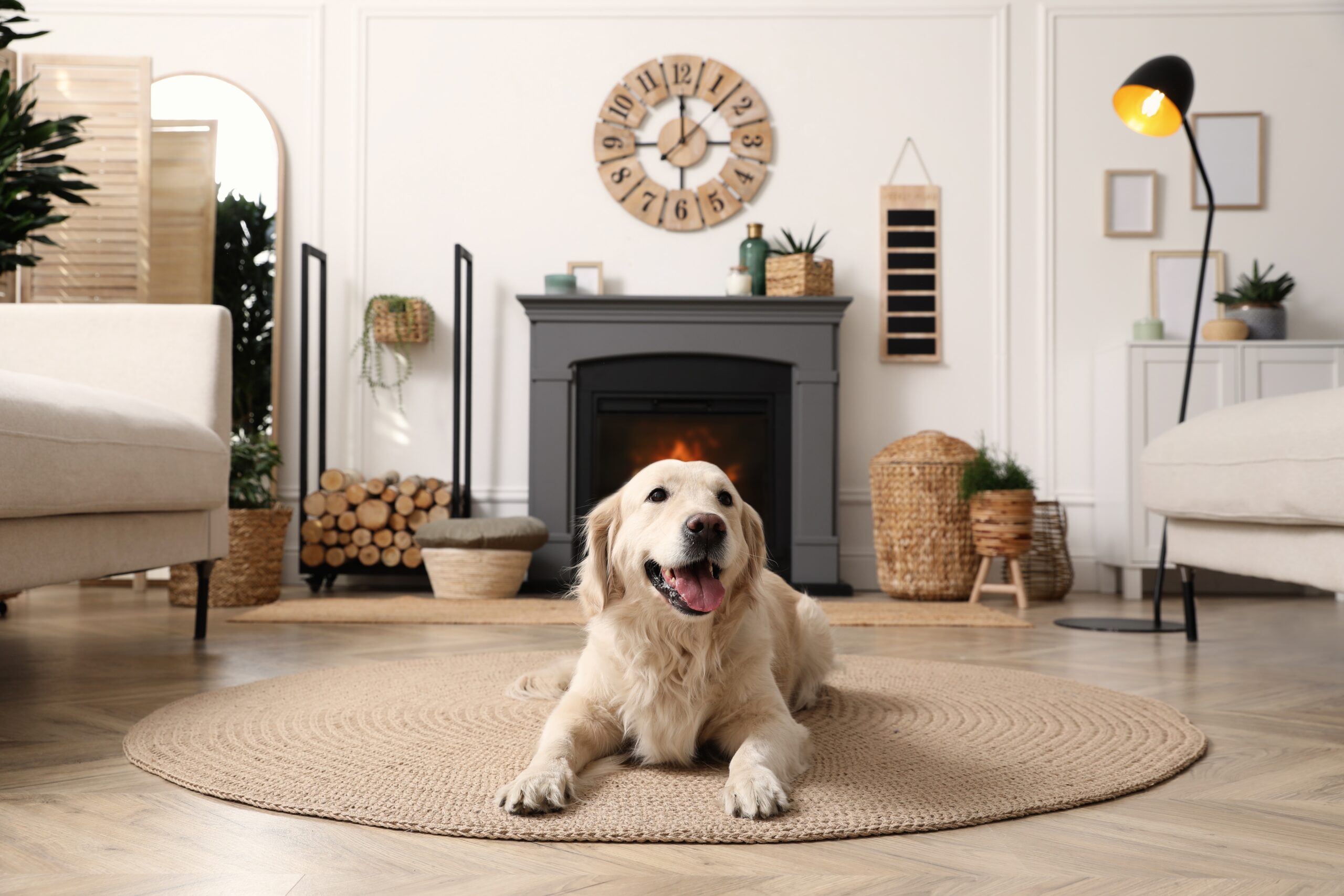Basic Dog Training for Obedience and Manners

Table of contents
- 1. Puppy Training Basics — The Gentle Start
- 2. The First Step: Beginner Dog Commands
- 3. Positive Reinforcement: The Secret Ingredient
- 4. Mastering House Training and Leash Manners
- 5. Socialization Builds Confidence
- 6. Handling Common Challenges Gracefully
- 7. Create a Routine Your Dog Can Rely On
- 8. Celebrate Small Wins
- 9. Keep It Fun and Full of Love
- Final Thoughts
Basic dog training is the foundation of a well-behaved and confident pet. It’s not just about teaching commands it’s about creating structure, building trust, and strengthening the bond between you and your dog. Through consistent obedience training, dogs learn to understand boundaries, communicate better, and enjoy greater freedom safely.
Whether you’re working on obedience training, house manners, or leash control, every small step today builds a happier, more confident companion tomorrow.
1. Puppy Training Basics — The Gentle Start
Bringing home a puppy means welcoming a bundle of curiosity and energy. Everything is new from shoes to curtains to their own reflection! That’s why it’s the perfect time to begin gentle, positive training.
Keep sessions short (around five minutes) and fun. Puppies learn best when lessons are playful and filled with encouragement and affection.
Start with:
- Teaching name recognition says their name and rewards eye contact.
- Encouraging crate time as a safe, cozy space (never punishment).
- Sticking to regular potty breaks, especially after naps or meals.
When should I start training my puppy?
Begin as soon as your puppy arrives home (around eight weeks old). Short, joyful lessons set the foundation for lifelong good behavior.
2. The First Step: Beginner Dog Commands
Once your pup feels comfortable, it’s time to introduce structure. The following beginner commands are the core of obedience training:
- Sit – teaches patience
- Stay – promotes calmness and control
- Come – ensures safety and recall
- Down – encourages relaxation
- Leave it – builds self-control
What are the first commands I should teach my dog?
Start with “sit,” “stay,” “come,” and “down.” These help your dog focus, listen, and trust your direction.
Helpful Guide: How to Train Your Dog to Sit and Stay Effectively
3. Positive Reinforcement: The Secret Ingredient
Dogs love praise. When you reward good behavior with treats, play, or affection, they quickly learn what earns approval.
We recommend using small, healthy treats — or even a few bites of Bowlers Nutrimax Club Dog Food during training. It keeps rewards nutritious, supports focus, and helps your dog learn faster while promoting smooth digestion and a healthy, shiny coat.
Avoid shouting or punishment. Instead redirect unwanted behavior, calmly. If your dog jumps on furniture, guide them down and reward calmness on the floor. Over time, this strengthens trust and respect.
4. Mastering House Training and Leash Manners
These two skills are essential for peaceful co-living and enjoyable walks. Both take patience and consistency.
House Training
Create a predictable routine. Take your dog to the same spot each time and use a cue word like “Go potty.” Reward immediately after success.
If accidents happen, stay calm and clean the area thoroughly to remove any lingering scent.
Learn More: Best Methods for Potty Training Puppies Indoors and Outdoors
Leash Manners
- Dogs often pull out of excitement. Start in a quiet area, rewarding them for walking beside you with a loose leash.
- If they pull, stop walking. Wait for the leash to relax before continuing, it teaches that pulling gets them nowhere.
How can I stop my dog from pulling on the leash?
Use a comfortable no-pull harness, reward calm walking, and stay consistent.
Related Read: How to Leash Train Your Dog Without Pulling
5. Socialization Builds Confidence
- A well-trained dog is confident and calm in new situations. Socialization helps your pet trust people, sounds, and environments.
- Start small, short introductions to friendly people, gentle dogs, and varied surroundings. Praise and reward calm behavior.
What’s the best age to socialize my dog?
Between 3 and 14 weeks is ideal, but it’s never too late. Older dogs can still learn through gentle, positive exposure.
6. Handling Common Challenges Gracefully
Every dog tests boundaries, it’s part of learning. The secret is staying calm and consistent.
Common Issues and Fixes
- Jumping on people: Ask for a “sit” before greeting.
Related Read: How to Train Your Dog to Stop Jumping on People - Chewing: Provide chew toys and keep temptations away.
- Excessive barking: Identify triggers and redirect attention with a command or toy.
Remember, dogs don’t misbehave out of defiance they communicate through actions. Your patience teaches them better ways to respond.
7. Create a Routine Your Dog Can Rely On
Dogs thrive on routine. Predictable schedules make them feel safe and help training stick.
Example Daily Routine:
- Morning: Walk and quick obedience refreshers (“sit,” “stay”).
- Afternoon: Playtime or puzzle toys for mental stimulation.
- Evening: Walk with leash practice.
- Night: Quiet bonding before bedtime.
Feed your dog at consistent times and ensure they get balanced, nutritious meals. A well-fed, energized dog is easier to train and more eager to learn.
8. Celebrate Small Wins
Training isn’t about perfection — it’s about progress. When your dog finally holds a “stay” command or walks calmly beside you, celebrate it!
Dogs remember positive emotions more than words. Keep sessions upbeat and end on a success note so they look forward to the next one.
9. Keep It Fun and Full of Love
Training should never feel like a chore. Mix learning with playing games like fetch, tug-of-war, or hide-and-seek keeps things exciting. Always end with praise or a treat, so your dog associates learning with joy.
When training is filled with love, patience, and play, obedience becomes effortless. Your dog learns not because they have to but because they want to.
Final Thoughts
Basic dog training tips go far beyond teaching tricks; they’re about connection, trust, and communication. From puppy training basics to obedience training for dogs, every lesson helps your pet feel secure, understood, and loved.
Pair patience and gentle guidance with wholesome nutrition and you’ll have not just an obedient dog but a loyal friend who listens, trusts, and adores you for life.


